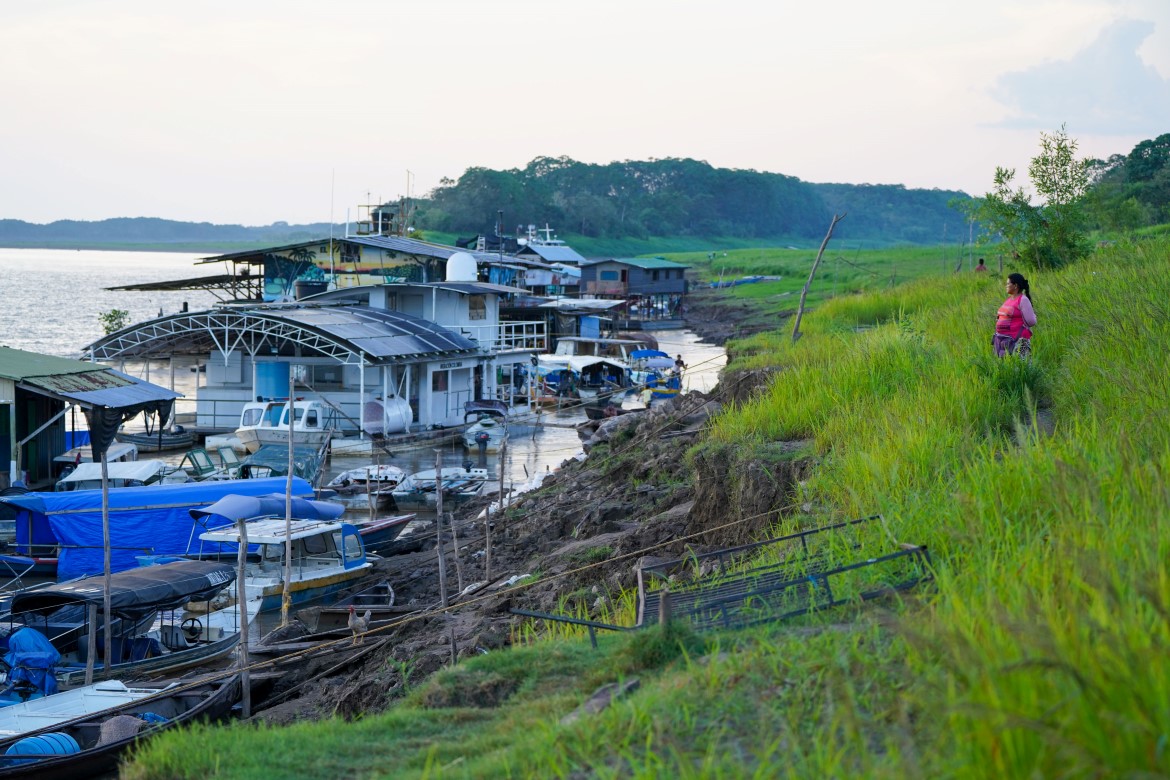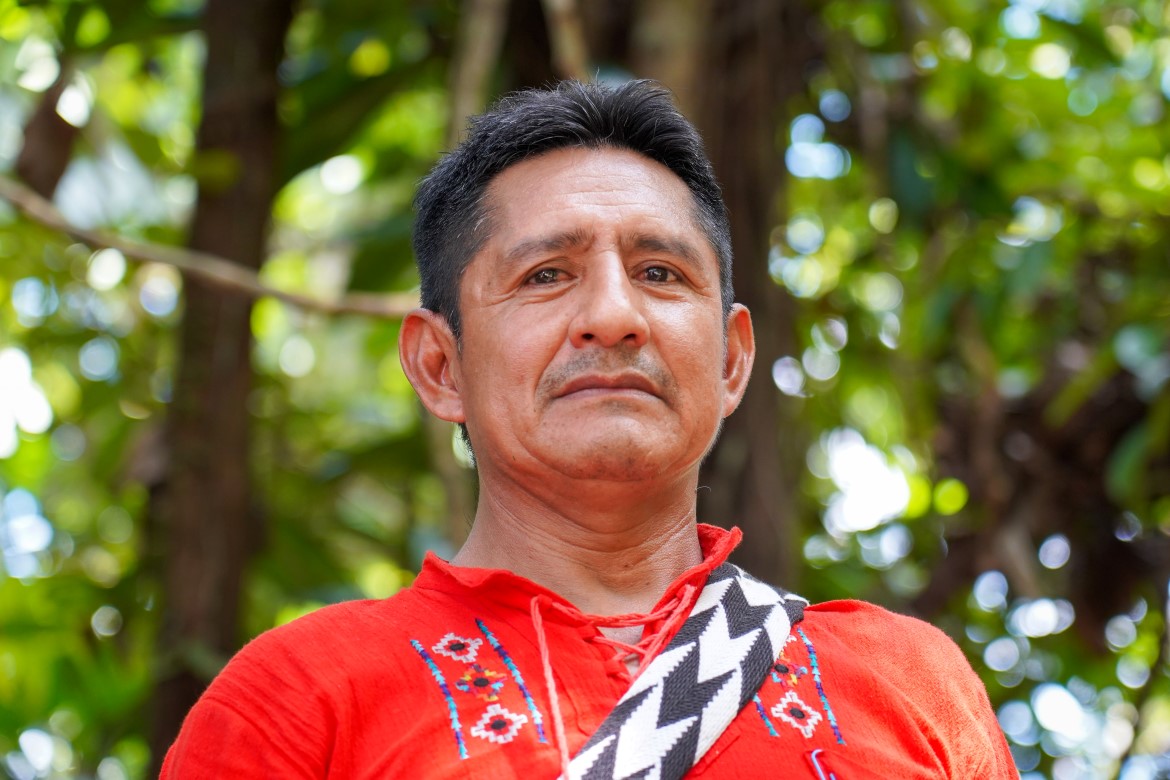
Columbia: A Historic Victory for Both Indigenous Peoples and the Rainforest
Cattle farming, agriculture, illegal coca plantations, mining, oil extraction, large dam projects, and timber constitute the biggest threats. The construction of roads, infrastructure, and urban development also threaten the precious rainforest and indigenous territories.
In this film, we meet three Colombian indigenous leaders who have fought for their rights for decades - risking their lives in the process.
In 2018, the indigenous peoples of Colombia achieved a historic victory. With "Decreto 632," indigenous peoples were officially declared the right to control their own land. And knowing that indigenous peoples are the best guardians of the forest, we can affirm that "Decreto 632" is also a victory for nature and the climate.
Decreto 632 is a vital plan, but there is still a long way to go before the entire plan is implemented in practice. It is a project under construction. Indigenous leaders Gerardo Macuna, Adiela Matapo, and Fabio Valecia take us to a "maloka," which, like "Decreto 632," is under construction, not yet fully built. The maloka is a sacred place for indigenous people in Colombia. Here, the village gathers for traditional celebrations, important meetings, and spiritual rituals, which aim to contribute to order and balance in the cosmos.
With the right to their own territories, the indigenous peoples in Colombia wish to combine their own traditions and all their knowledge of nature management with "Western" ideas about democracy and governance.
Did you know that...
- You can find 10 percent of the world's plant and animal species in Colombia, according to the Convention on Biological Diversity.
- Over 50 years of armed conflict have prevented resource extraction, and the rainforest has largely remained untouched. After the peace agreement in 2016, deforestation increased significantly.
- Cattle farming, industrial agriculture, coca plantations, and mineral extraction pose the greatest threats to the rainforest and the people living there.
- In 2022, Colombia was the country with the most murders of indigenous people, environmental activists, and people fighting for their land rights (60 killed), according to Global Witness.
- The UN Declaration on the Rights of Indigenous Peoples was adopted by the UN General Assembly on September 13, 2007, after more than 20 years of negotiations between states and indigenous representatives.
- Indigenous territories cover 53 percent of the Colombian Amazon, with 59 indigenous groups spread across 169 indigenous territories.
- In 2018, indigenous people in Colombia were recognized with territorial rights to an area the size of Norway (321,000 km²).
- There are still nearly 700 unresolved territorial claims and disputes in Colombia.

